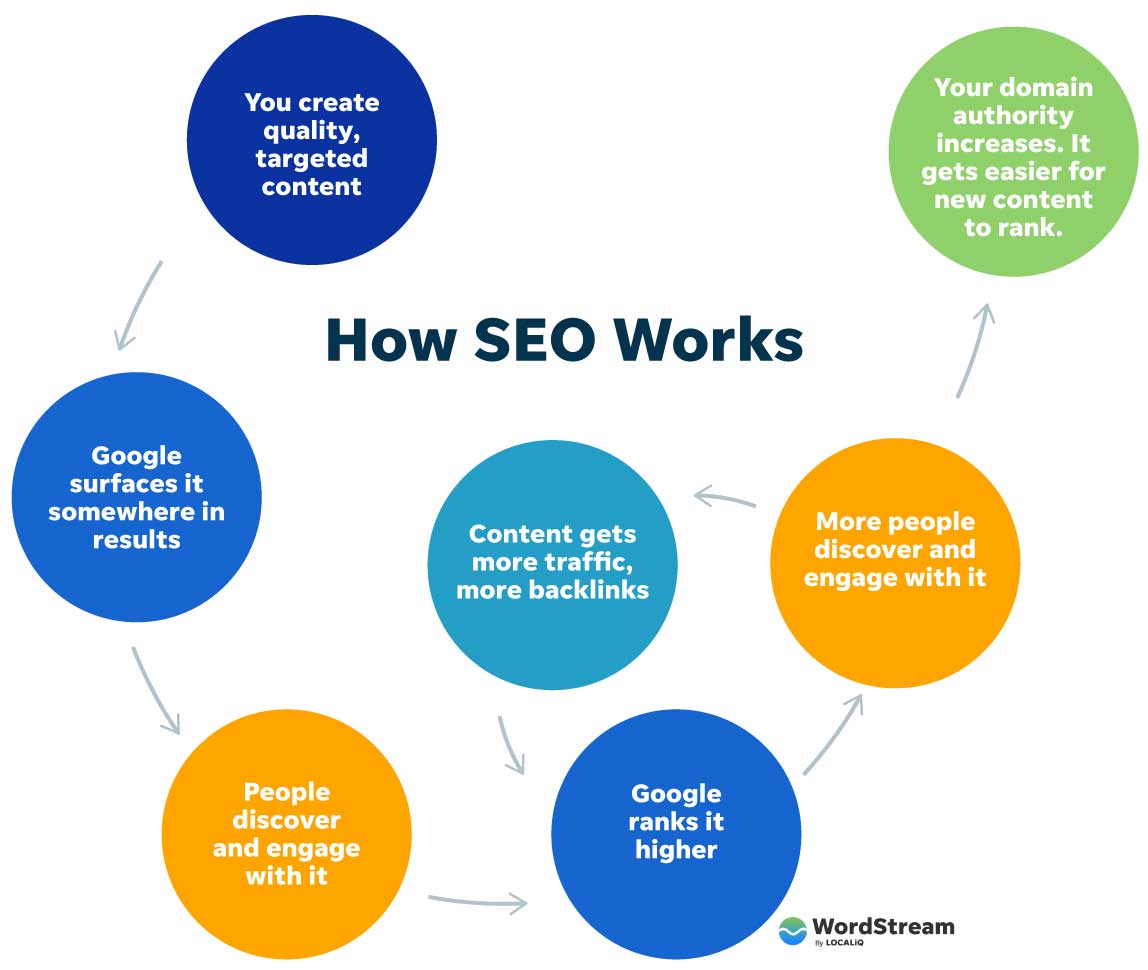Thinking Outside package: Leveraging Unique Mediums to Enhance Google Analytics Efficiency
In the world of digital advertising, the pursuit for enhanced Google Analytics performance has actually come to be a tactical important for services seeking to fine-tune their on-line visibility. By checking out non-traditional mediums as methods of data collection, a brand-new world of possibilities arises.
Distinct Data Sources

Social media systems offer beneficial data on user demographics, rate of interests, and interaction metrics, enabling businesses to assess the effectiveness of their social media campaigns and maximize content for far better efficiency. By leveraging these special data resources, companies can fine-tune their approaches, improve targeting efforts, and improve general Google Analytics performance.
Social Media Insights

Moreover, social networks analytics tools make it possible for organizations to track essential performance indications, screen project efficiency, and determine the impact of their online activities. Comprehending the demographics of followers, identifying prominent material themes, and reviewing engagement levels can aid businesses tailor their advertising methods for far better results.
Offline Marketing Combination
Incorporating offline advertising approaches with digital analytics can enhance general project performance and supply a much more extensive understanding of customer actions. what is not considered a default medium in google analytics. By bridging the void in between online and offline initiatives, companies can track the effect of traditional advertising channels such as print ads, television commercials, straight mail, and events on their online presence

Additionally, carrying out phone call radar for offline advertising and marketing tasks makes it possible for services to catch useful data on customer questions produced through published materials or advertisements (what is not considered a default medium in google analytics). By assessing call information together with online metrics in Google Analytics, organizations can get much deeper insights right into the client trip and optimize marketing approaches for enhanced performance throughout all channels
IoT and Wearable Modern Technology
Making use of IoT and wearable technology in electronic analytics can change data collection and consumer understandings for businesses seeking a deeper understanding of individual actions patterns. Wearable technology, such as smartwatches or health and fitness trackers, can use understandings into customer tasks, health and wellness metrics, and even location data.
Gamification Methods
The execution of gamification methods in electronic analytics provides an ingenious strategy to boosting user involvement and driving workable understandings for businesses. By incorporating game-like components such as points, badges, leaderboards, and rewards into the analytics interface, companies can inspire customers to interact more frequently and meaningfully with the data.
Gamification motivates customers to discover various functions of the analytics system, uncovering useful understandings that may have or else gone unnoticed. With interactive obstacles and development tracking, users are incentivized to delve deeper into the data, leading to enhanced time spent on the system and a greater chance of finding vital trends or patterns.
Furthermore, gamification can foster a feeling of competitors amongst customers, stimulating them to pursue higher efficiency and interaction degrees. This affordable spirit can drive enhanced user fostering rates and a much more detailed usage of the analytics devices readily available. Inevitably, by leveraging gamification strategies in electronic analytics, companies can create an extra effective and appealing setting for individuals, resulting in even more educated decision-making and boosted general performance.
Verdict
In final thought, leveraging Source unconventional mediums such as distinct data resources, social media understandings, offline advertising and marketing integration, IoT and wearable technology, and original site gamification methods can optimize Google Analytics performance. By assuming outside package and exploring these alternate sources of data, companies can gain useful understandings and improve their general advertising approaches. It is very important for firms to constantly discover brand-new ways to gather data and examine it in order to remain ahead in the ever-evolving electronic landscape.
By integrating information from resources such as consumer partnership administration (CRM) systems, social media platforms, and email advertising campaigns, companies can get a more detailed understanding of their target market actions and involvement patterns. Social media systems supply important data on individual demographics, interests, and involvement metrics, permitting organizations to gauge the effectiveness of their social media campaigns and maximize web content for far better efficiency. By leveraging these special information sources, companies can fine-tune their techniques, improve targeting efforts, and enhance general Google Analytics performance.
Exploring social media insights can give businesses with important data on user demographics, interests, and involvement metrics, enabling for educated decision-making and calculated optimization of advertising efforts. By thinking outside the box and exploring these alternate sources of information, services can acquire important insights and improve their total advertising and marketing methods.
Comments on “Key Elements of What Is Not Considered a Default Medium in Google Analytics”